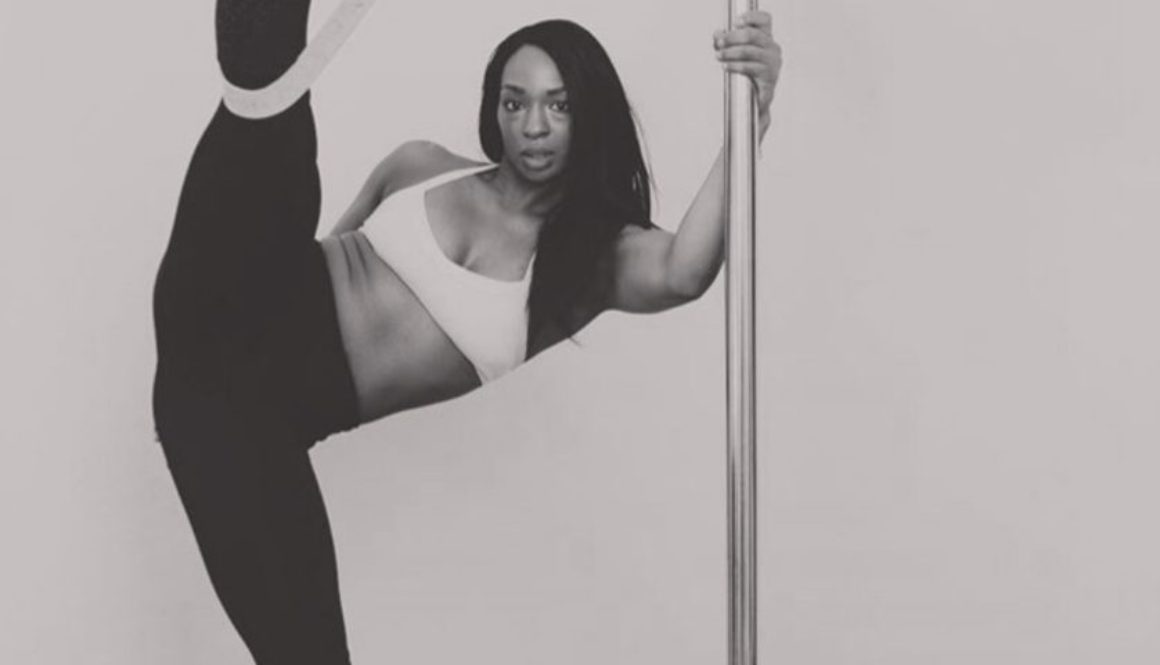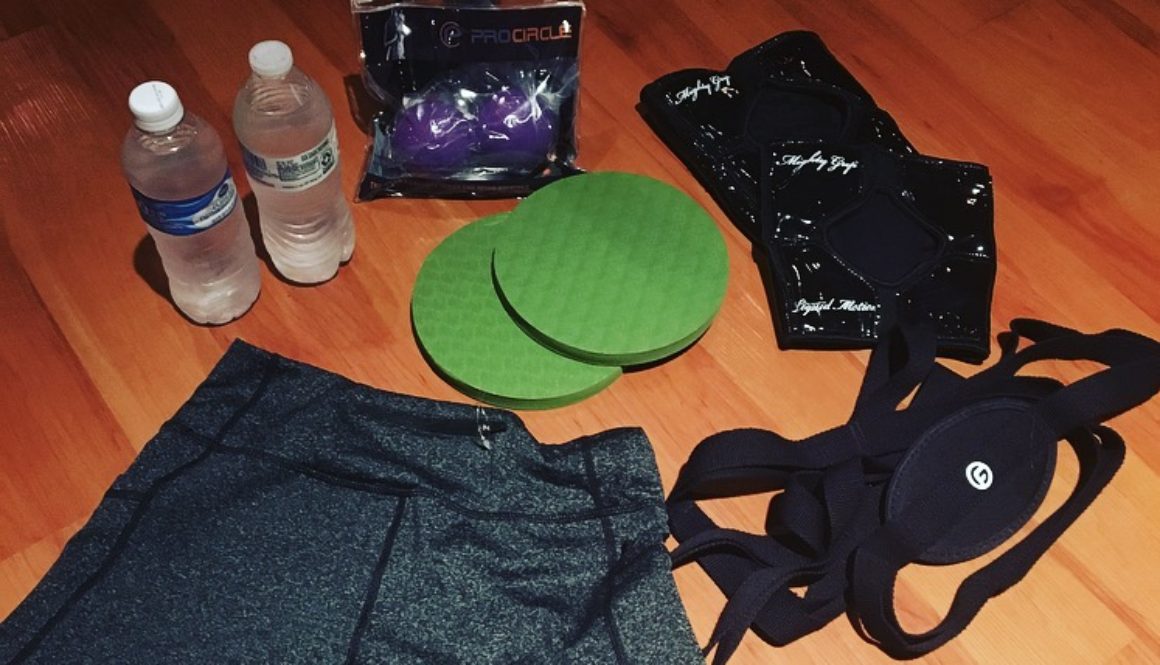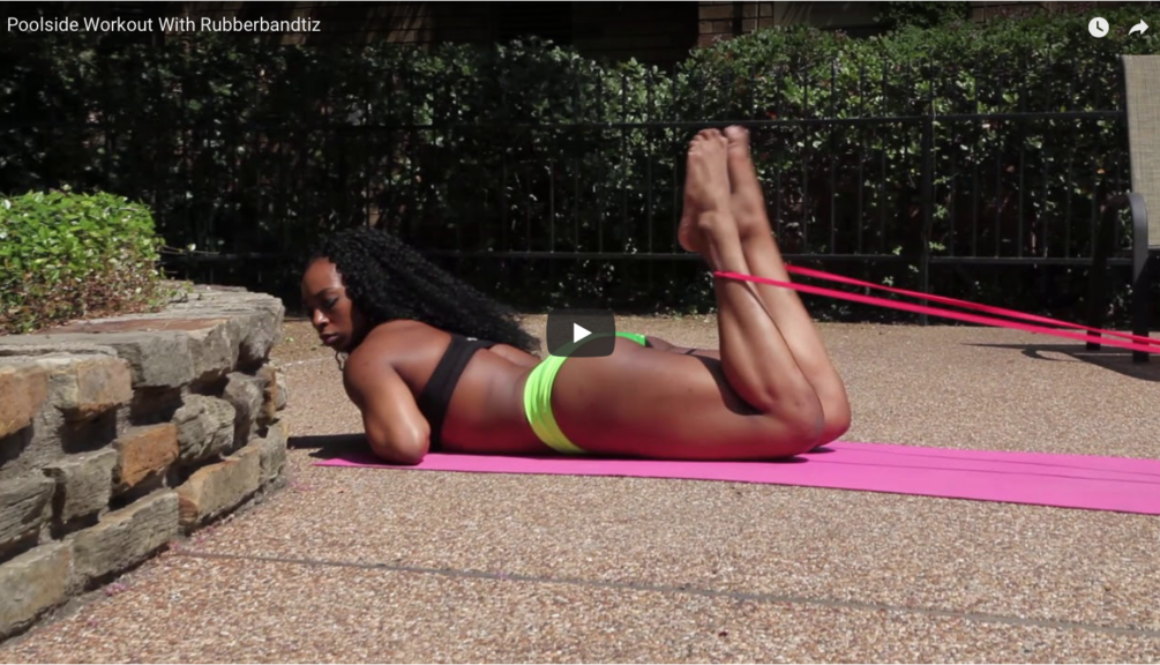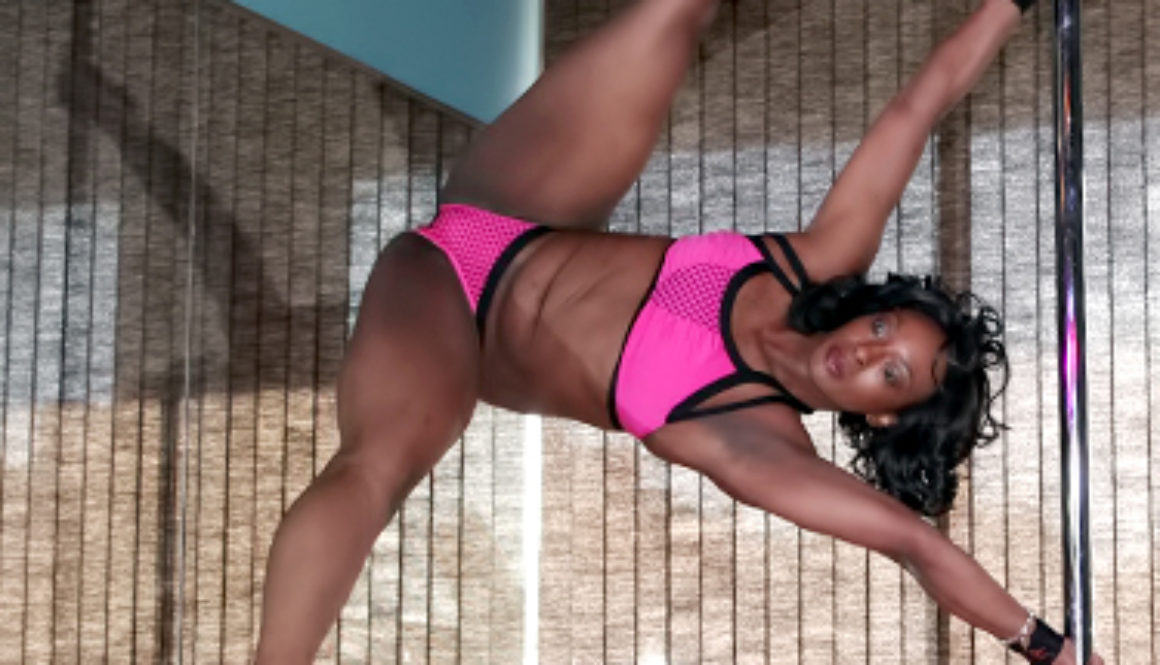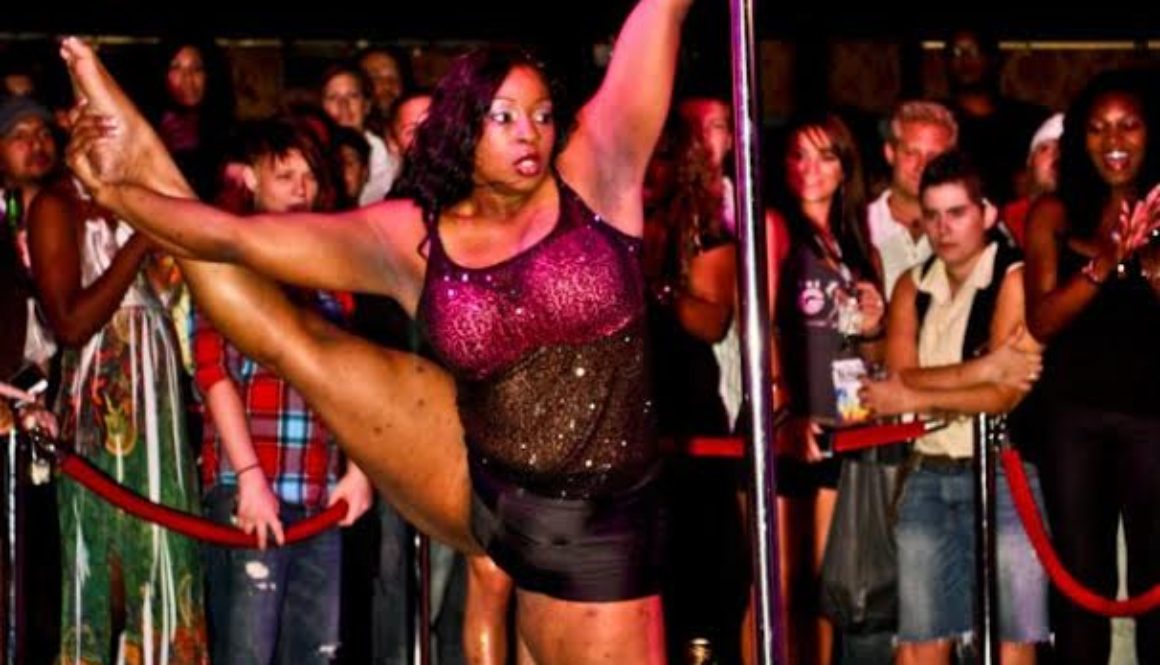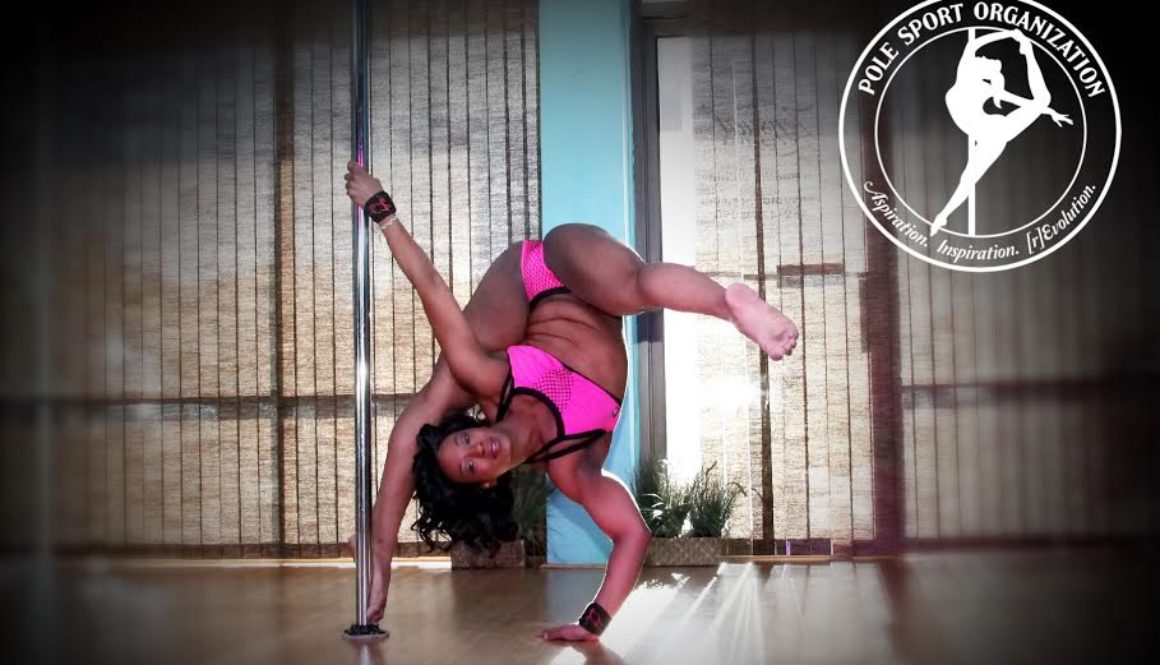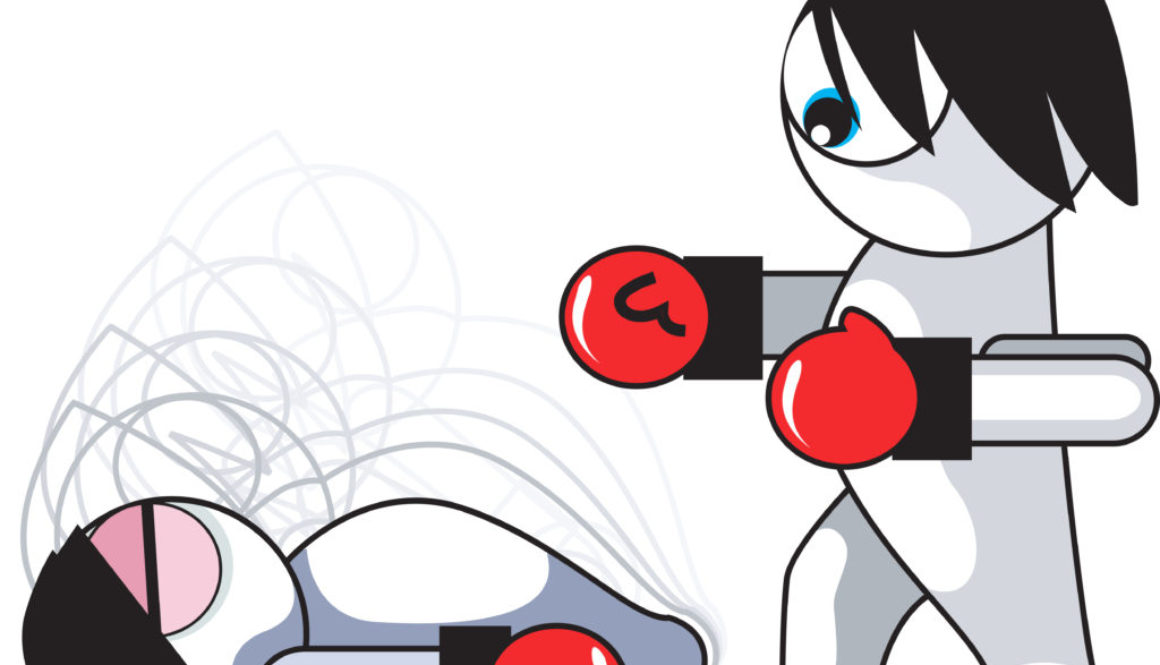The buzz on social media is a sizzling feud between two brands that I know, like and support. Maybe you’ve heard, maybe you haven’t. You’re not missing much either way, but by the time you finish reading this, you’ll get the skinny of what’s going on. The dialogue between Liquid Motion® and Xoticy® isn’t the first time brands have been at odds; nor will it be the last. Now, typically I stay out of drama and socially sustained conversations such as this, however, I actually find this one interesting from a business standpoint. While this is not an attempt to put my two cents in and further perpetuate drama, I did have the inkling to analyze things from a business perspective. And let me go on record now to say that I’m NOT picking sides either. I’m simply looking at the problem, the facts, some of the perspectives and possible solutions from a Business standpoint.
I was introduced to Xocticy first by some friends that I went to college with. Liquid Motion I came to know not too long after through a friend in the Pole Fitness community. Let me go on record to say that I support both brands and what they stand for equally (Let me point out that I support the BRANDS, now what the owners post on their personal social media and how they react to conflict is another discussion and to that I simply say: to each their own! XOXOXO).
So there’s no denying that Monica of Xoticy has been going through some things lately as can be seen from her more recent posts. I can appreciate the transparency and vulnerability, or what some may describe as a rawness in her posts. Although, personally I do believe that there is a right and a wrong way to go about things. While my personal approach may be different, I get the bottom line and her concerns. HOWEVER, in reading her posts, never once did it strike me that she was referring to Liquid Motion. I only came to realize this today after a post in my feed from Accro Brandon. And perhaps this is what stuck out to me the most and generated the need to write this. A pole fitness professional that’s heavy in pole and aerial community, one would think that I would’ve made the connection, but I didn’t…so that there should tell you something about the distinction between the two brands. While there some similarities and overlap, there remains an enormous amount of difference between the two.
Similarities
Let’s look at a few quick things these brands have in common (although not a comprehensive list). Both brands are created by strong, fearless women with a passion for movement and dance. Yay for women in business!! Jeni and Monica both stand up for what they believe in and are quick to speak their mind with little regret. These two women took something that they were passionate about, identified an opportunity in the market to bring their brands to life. Both brands have flourished over the years, creating a movement and army of supporters along the way. While the concepts learned through both programs can be adapted to any form of dance or apparatus, floorwork is the key commonality and foundation of both. So who owns the floor? Everyone and NO ONE! Which leads us in to their differences.
Differences
Understand that products and services can be copied, but a brand is unique. The Brand represents your image, customer perception, how a product/service is able to help customers solve a problem or fulfill a need, the value provided and emotional response generated. As with any business, your mission statement/purpose and target audience is largely what separates you from similar businesses.
When I think of the Xoticy brand, I see a female owned company that caters to plus size, minority women between the ages of 25-40. Now, of course, there are other shapes, sizes, ages and races mixed in there, but even a quick survey of event coverage from videos and social media posts will support that a large portion of the brand’s following falls within those parameters. Monica positively promotes a safe place for sensual exploration, where women are free to be themselves and be comfortable with their bodies. Classes speak to women wanting regain a sense of self and build confidence. I’ve also seen classes/routines that appear to be catered towards women that might want to perform for their man and create sensual connection…or even a spark in the bedroom 😉
The Liquid Motion brand, to me, promotes movement exploration and fluidity. Jeni’s vision caters to women and men (although like pole the male numbers are less), ages 24-40. Now while some people might see some previous posts from Jeni which may imply moves that are overly sexual, I assure you that is not the case. That’s just her personal flare (which I’m not gonna get into right now) but she is DAMN good at! Again, I don’t see that as being what the actual Liquid Motion Brand is about. Secondly, Liquid Motion’s roots are in the Pole Fitness community, and that’s primarily where you’ll find Jeni and her team. Yes I’m sure she has hopes of expanding beyond the Pole and Aerial community, but I don’t see it as anything that infringes upon what any other non-pole/aerial dance brands have going on. Liquid motion has gone on to create a certification program because they’re trying to spread this idea of movement throughout the world.
Look at the brand names. Liquid Motion is exactly what it says it is: a focus on building fluidity in movement. Xoticy is sexy as hell and capitalizes on being more exotic and sensual. The names alone say it all. So then that brings the question: What is the exact issue here? Different names, different brands, different communities, different target audience, different products/services. I can see it. If others don’t then maybe you should really look the state of branding, mission and target audience. There really isn’t a way to think these things are the same because they are not the same. And for anyone that disagrees, I implore you to take a class from both of these women and you will quickly see the difference and have an appreciation for both.
Quick Case Study
As a fan, I feel like I fall into the target audience of both brands. I am a 32 year old, minority female. I was once overweight and struggled with confidence and have been on a journey to find and redefine myself. I support black owned business, I support small business, I support female owned businesses, and I support businesses that cater to the pole/aerial community. I am also active in the Pole/Aerial community as an athlete, instructor, performer, competitor, and supporter. See how that works? TWO brands, ONE me and THREE happy campers!
I think what happens all too often, especially in the pole community, is that owners start to worry more about what the next person is doing, who is copying them, and in the process forgets their target audience. Your unique selling proposition (USP) and target audience are largely what differs your brand from another. We don’t see Lexus, Audi, Subaru and Kia out here bashing each other online just because they all decided to offer cars and SUVs (side note, I love Subaru’s current marketing and how the tap into the whole “family and generational” experience). While offering similar products, each company has created their own customer experience and products that cater to them based off of their target market and USP. Their focus is to fulfill customer needs and maintain customer loyalty.
What Were We Talking About?
Back to the two brands at hand. These two brands parallel but are not the same. They are on different playing fields. Xoticy was never catered towards the Pole/Aerial community, although I think a lot of people would be interested and enjoy it. On the other hand, you have Liquid Motion which was sort of born from within the pole community. You can take both of these classes and come out with two healthy, positive and fulfilling experiences.
The fact is that both of these brands CAN coexist peacefully. One does not take from the other, regardless of a few commonalities. At this point, I think the focus should not be on the fight for who is right and social media slandering. Rather, it should be on making a better distinction between the two brands and the target audience, and continuing to build your brand…your dream regardless of what you think someone else is or isn’t doing. Don’t put your dream and growth on hold for a fight because there will always be something and time the one thing that can’t be recycled.
Healthy competition is what creates progression. As a business owner, there is a given expectation of healthy competition in the marketplace. If these car companies weren’t challenging each other then we wouldn’t have cars that open and close their own doors, can start with remotes, can drive/park themselves, etc. Or think about cell phones. We’re 7 iPhones deep now, but without healthy competition, we’d all still be using T-Mobile Side Kicks and Motorola Razors. lol. Or how about this…Take stock of what you have in your house. Now tell me that you only have ONE brand of clothing, one brand of make-up, one brand of food…umm NO! I know everyone has an eclectic mix of everything because we are creatures of exploration, and different products/services fulfill different needs.
If pole fitness and strippers can (for the most part) successfully coexist then why can these two brands? Here’s some additional food for thought: Xpert, Spin City, ElevatED and Fawnia all have successful certification programs. Why is that? The fact is that brands can peacefully coexist without actively brand bashing and social media beef.
Personal Note
This right here is a super personal opinion. In general, I believe there is a right and a wrong way of doing things. Social media perpetuates drama. Most things would come to a swifter, less dramatic resolution if handled directly between the two parties behind closed doors. Additional commentary, likes, dislikes, negative opinions, and attitudes help to solve nothing. Yes feelings are hurt and business might be affected but at the end of the day, your fans and potential customers are watching. What is this behavior COSTING you?
Impact of Social Media
I also have to wonder what impact social media and technology has had on this? And I’m talking about beyond the scope of spreading the word/drama via posts. I’m talking about the capturing and claiming of certain moves. There’s no doubt in my mind that some of these “iconic” movements have already been done in the past without coverage. Hell plenty of our mothers probably did some of these moves in bed when we were conceived and DIDN’T get a sex tape deal out of it nor were they able to lay claim to that move/position lol. (Okay, back to business) For real though, when it comes to dance and movement, there’s really only so many things that the body can do. I’m sure back in the days before camera phones and livestreams, much of what we do and claim today was already being done. Hell, every pole dancer and stripper I know does Jade and the Fireman spin, but I can’t tell you where those moves come from. Nor are we sitting around fighting over them and bashing each other publicly.
Furthermore, I think dance is often a lot like songwriting and article writing. Like words, some dance moves or elements of movement just flow well from one into the next. There are only so many combinations that you can make up that make sense at times. This is also why transitions are a big key with winning pole competitions; this is where your personal touch and character comes into play. The judges want to see combinations and sequencing other than the standard predictable stuff we learn in class – but that is for another article, at another time.
Moving Foward
While people will continue to add their two cents, I think the focus needs to be on getting back to business. If your business is doing well (and people are coming after you for it) then keep doing what you’re doing. If your customers are happy, your business methods are ethical, you aren’t breaking the law and you aren’t hurting the environment then kudos to you! If your business is struggling or you can’t handle the competition then take a look at your business plan, branding and target audience. While making money is clearly the goal of any business, the objective is to focus on helping your customers so that they 1) remain customers and 2) share your business with others. Word-of-mouth marketing is the best! So what are your customers and non (but potential) customers saying about you right now?
No matter the state of your business, an audit of your business/practices and some business/marketing consulting is something I recommend to every business owner. Especially those that are struggling, haven’t reached all of their goals or that are wanting to take it to the next level.
And before anyone comes for me, as I said in the beginning, I’m not picking sides. This is just my nerdy perspective on something that caught my attention. What gives me the right? My MBA and current pursuit of a Ph.D in business.
Featured Photo Courtesy of Maaillustrations

